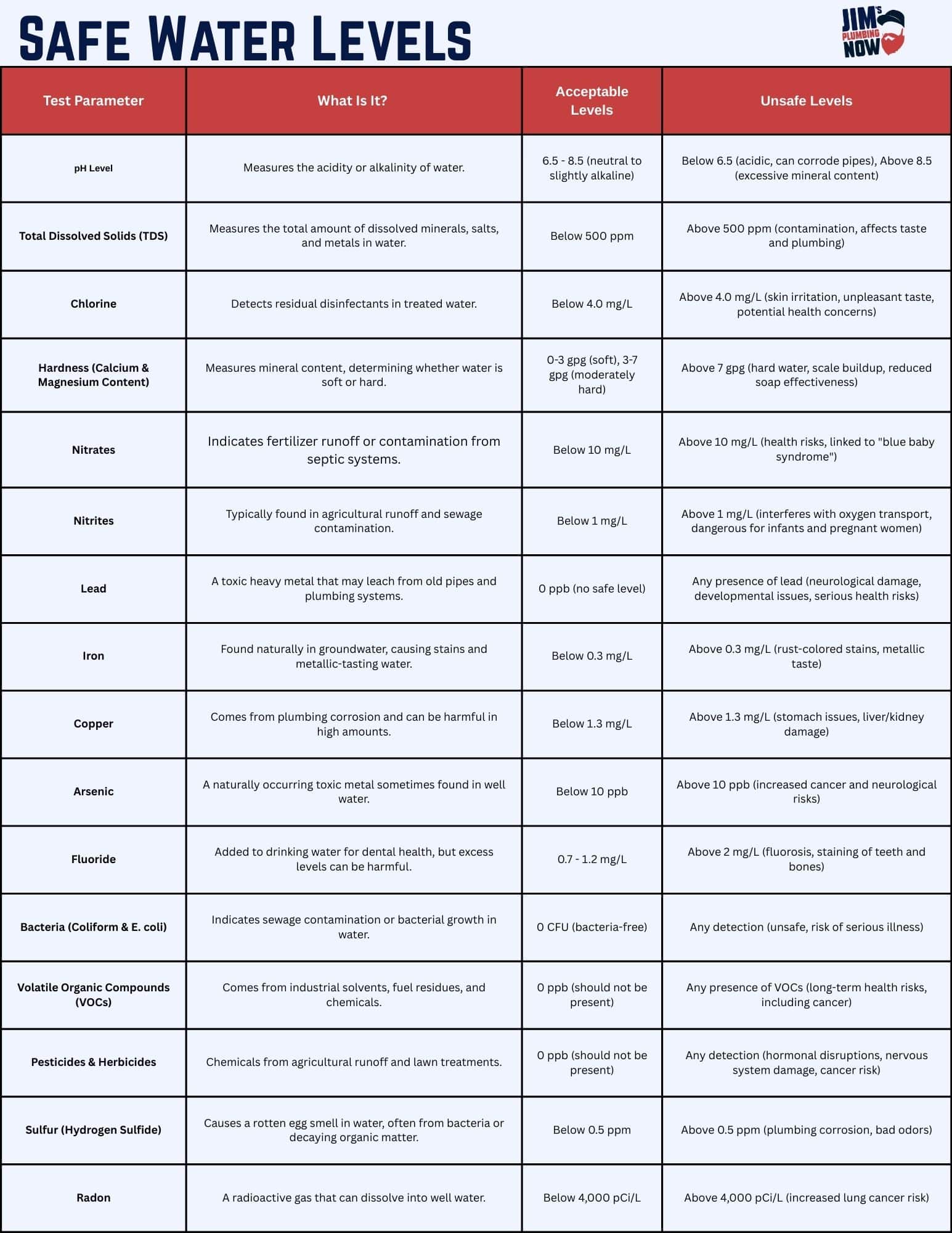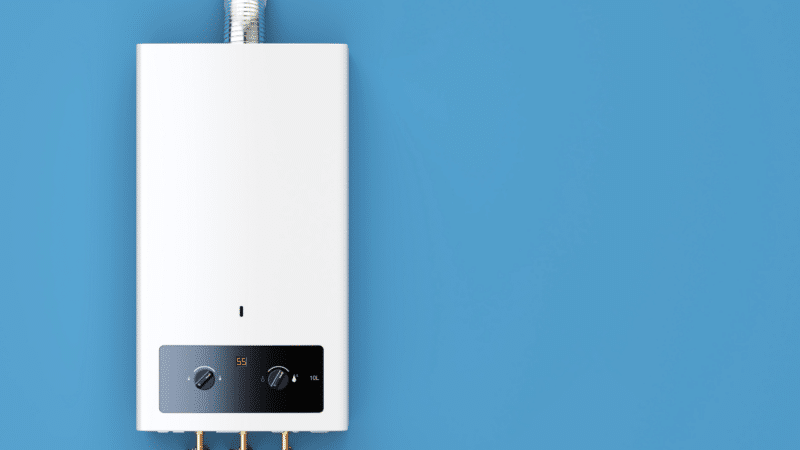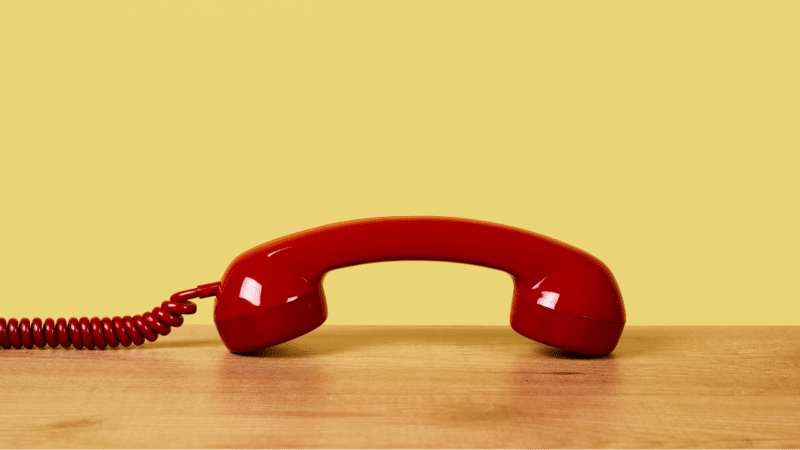In this article…
- How Is Tap Water Quality Tested?
- What Do Water Quality Tests Look For?
- Signs You May Need Water Quality Testing
- Is A Water Filtration System Right For Me?
Have you ever tasted your tap water and thought something didn’t seem right? Do you question the quality of your home’s water and want to know if it’s truly safe?
If you’ve noticed an off taste in your water or feel your skin and hair are dryer than usual, something may be up with your water supply.
H2O is a building block of life. We need water to drink, to bathe, to wash dishes, to provide for our pets and plants…the list goes on and on. Testing your water is a way to guarantee the quality of your water.
A water quality test typically looks at chlorine and lead levels, pH balance, and other chemicals. It’s true there are certain levels of these chemicals that are deemed safe in our water supply, but when those levels are not balanced, it can be detrimental to your health over time.
Our expert team of licensed, professional plumbers here at Jim’s Plumbing Now are not only here to solve your plumbing needs and keep your water flowing, but we’re also here to provide you with the best quality drinking water for your home.
We offer expert water quality testing with whole-home filtration systems from Halo Water Systems to balance your water and keep your family healthy.
But before knowing whether you should invest in a water purification system, you want to understand how to test your water, what is considered healthy, and more.
This article will explore how your home’s water can be tested, what water quality tests look for, and what to do if your water quality is poor.
How Is Tap Water Quality Tested?
Testing your tap water may sound like a complex, scientific process that takes an expert to do. While professional water quality testing is more robust than an at-home, DIY kit, it’s actually a simple process.
- One of the most common ways water quality is tested is by using testing strips coated with specific chemicals that react to certain chemicals in the water. To conduct this test, you simply collect a water sample, dip the testing strip in, and wait for the colors to change. Then, the strip is compared to a chart that displays what each color represents and what the colors indicate (ie, healthy to unhealthy).
- A secondary test requires a dipstick tool that measures particles of minerals, metals, and salts in the water, or total dissolved solids. Other digital meters also measure the pH of the water as well as ion concentration. This water test essentially measures the hardness of your water, alkalinity, and if any toxic metals are present.
- A third water quality test kit measures the bacteria (or potential bacteria) in your water. This test is conducted by taking a water sample, adding a reacting agent, and allowing it to incubate to see if any microbial growth occurs. This test is most common to test for bacteria like E. Coli and coliform in the water, which can pose serious health risks.
Now, we could write essays on each of these types of water quality testing, and we’re just scratching the surface.
This is why having your potable water quality tested by a certified professional will allow you to have a full report on your drinking water and know what the right next steps are.
DIY vs. Professional Water Quality Testing
As you can see, there are several tests involved to fully know the quality of your water. But, while professional testing is recommended for your entire home, there are ways you can test the water at home with a DIY kit.
You can easily purchase at-home water quality tests to measure chemicals, toxic metals and minerals, and bacteria in your water that are easy to use and provide accurate results. There are also options to send your water to a professional lab for testing.
But, is an at-home water quality test just as good as a professional one?
At-home test kits are a great option to get results fast and on your own time. The largest benefit of professional water quality testing is receiving professional results.
When you have your water professionally tested, you can receive instant results with expert diagnosis of your water’s quality. This means you won’t have to spend hours on the internet researching what each result means and what to do about it.
Working with an expert also allows you to learn what your best options for improving water quality are, like a reserve osmosis (RO) water treatment or a whole-home filtration system.
Overall, at-home water quality tests are great if you want fast results or are just curious about the quality of your tap water. Professional water testing is ideal if you are interested in a water purification system and want expert advice on the best solution for you.
What Do Water Quality Tests Look For?
After learning all about how the quality of your tap water can be tested and the different forms of testing, now let’s look at what common water tests actually measure.
As we outlined above, different water quality tests look for different things, such as metals and chemicals in the water, hardness level, and pH balance.
Here are some common items that are tested during a thorough water quality test, what they mean, and what acceptable (and unacceptable) levels are.

1. pH Level
The pH level of your water measures the acidity or alkalinity of water.
A pH level of 6.5 – 8.5 is ideal, which is neutral to slightly alkaline.
Water with a pH below 6.5 is too acidic and can corrode pipes, while a pH above 8.5 may indicate excessive mineral content.
2. Total Dissolved Solids (TDS)
TDS measures the total amount of dissolved minerals, salts, and metals in water.
Below 500 ppm (parts per million) is ideal and indicates good water purity. Above 500 ppm may mean contamination or high mineral content, which can affect taste and plumbing.
3. Chlorine
Chlorine is a residual disinfectant in treated water. Below 4.0 mg/L is acceptable, which ensures water is disinfected but safe to drink.
Above 4.0 mg/L may cause skin irritation and a bad taste and could lead to health concerns over long-term exposure.
4. Hardness (Calcium & Magnesium Content)
The hardness level of your water is measured by mineral content, which determines whether water is soft or hard.
- 0-3 gpg (grains per gallon) = Soft water
- 3-7 gpg = Moderately hard water
Above 7 gpg is considered hard water, leading to scale buildup in pipes and appliances.
5. Nitrates
Nitrates in water indicate fertilizer runoff or contamination from septic systems. Below 10 mg/L of nitrates is acceptable.
Above 10 mg/L can cause serious health issues, especially for infants (High nitrate concentration is linked to “blue baby syndrome,” for example).
6. Nitrites
Nitrites are typically found in agricultural runoff and sewage contamination.
Below 1 mg/L is acceptable. Above 1 mg/L can interfere with oxygen transport in the blood, making it dangerous for infants and pregnant women.
7. Lead
Lead is a toxic heavy metal that may come from old pipes and plumbing systems.
0 ppb (parts per billion) is what is acceptable– no safe level of lead exists. Any presence of lead can cause neurological damage, developmental issues, and other serious health risks.
8. Iron
Iron is found naturally in groundwater, but too much can cause stains and metallic-tasting water.
Below 0.3 mg/L is ideal. Above 0.3 mg/L can cause rust-colored stains on plumbing and fixtures and give water an unpleasant taste.
9. Copper
Copper comes from plumbing corrosion and can be very harmful in high amounts.
Below 1.3 mg/L is ideal. Above 1.3 mg/L may cause stomach issues and damage to the liver and kidneys.
10. Arsenic
Arsenic is a naturally occurring toxic metal sometimes found in well water.
Below 10 ppb is acceptable. Above 10 ppb can increase the risk of cancer and neurological issues.
11. Fluoride
Fluoride is typically added to drinking water for dental health, but excess levels can be harmful.
0.7 – 1.2 mg/L is an acceptable range for fluoride in water. Above 2 mg/L can cause fluorosis (staining of teeth and bones).
12. Bacteria (Coliform & E. coli)
Bacteria in your water indicate sewage contamination or bacterial growth in water.
Water should be bacteria-free, or 0 CFU (Colony Forming Units). Any detection of coliform bacteria or E. coli means water is unsafe and may cause serious illnesses.
13. Volatile Organic Compounds (VOCs)
VOCs commonly come from industrial solvents, fuel residues, and chemicals.
They should not be present in drinking water (0 ppb). Any detection of VOCs can pose long-term health risks, including cancer.
14. Pesticides & Herbicides
Pesticides and herbicides are chemicals from agricultural runoff and lawn treatments that can end up in your water.
Drinking water should not contain any pesticides (0 ppb). Any detection of pesticides may lead to hormonal disruptions, nervous system damage, or cancer.
15. Sulfur (Hydrogen Sulfide)
Excess sulfur causes a rotten egg smell in water, often from bacteria or decaying organic matter.
Below 0.5 ppm is acceptable. Above 0.5 ppm can lead to plumbing corrosion and unpleasant odors.
16. Radon
Radon is a radioactive gas that can dissolve into well water.
Below 4,000 pCi/L (picocuries per liter) is an ideal level. Above 4,000 pCi/L increases the risk of lung cancer if inhaled when released into indoor air.
Having your water quality tested thoroughly for each of these items will ensure your water is safe to use and tastes great.
Signs You May Need Water Quality Testing
Along with understanding how water quality is tested and what it tests for, you want to know if you need water quality testing.
Here are some common things to look out for that can indicate there’s something up with your water, and you should have it tested.
- Cloudy or discolored water – This could be caused by possible sediment, rust, or bacterial contamination.
- Metallic or chemical taste – This could indicate heavy metals or chlorine levels that are too high.
- Sulfur (rotten egg) smell – This could suggest the presence of hydrogen sulfide gas or bacteria.
- Scale buildup on faucets and appliances – This is a common indication of hard water.
- Frequent stomach issues after drinking tap water – This could be a sign of bacterial contamination in your water.
Even if you haven’t experienced any of these symptoms, testing the quality of your tap water is beneficial for all homeowners to ensure your drinking water is safe and isn’t causing any underlying issues.
If you aren’t sure if you should invest in a water quality testing kit or should hire a professional, you can first check your local water reports to better understand what’s in your water.
Check out this tool from the Environmental Working Group (EWG) that allows you to input your zip code and easily receive water quality reports for your area.
Is A Water Filtration System Right For Me?
Now that you have a complete understanding of how your tap water quality is tested, what acceptable levels are, and signs to watch out for that indicate poor water quality, you have an idea of what to do to improve your home’s water quality.
Because water is an essential component of our livelihood, you want to be sure it’s safe, not just for ingesting but for your laundry, dishes, skin, hair, and more.
Testing your home’s water quality doesn’t have to be difficult. You can easily order test kits online, perform the at-home tests, and get real results within minutes.
However, opting for professional water quality testing will provide you with accurate results with insight from an expert. They then can provide you with the best solutions for water purification systems to improve your water quality and keep your family’s health safe.
If you’re interested in investing in a water filtration system, finding the right one can be intimidating because of the numerous options on the market. Working with water quality experts can help educate you on different filtration and purification systems and guide you to the best one for you.
Here at Jim’s Plumbing Now, we offer reserve osmosis and whole-home filtration systems from Halo Water Systems, one of the leading manufacturers of water filtration, water softeners, and water conditioning systems.
Our expert team of plumbers is here to provide you with top-notch plumbing services along with whole-home water purification systems to meet your needs and provide you with the cleanest water possible.
If you’re interested in a home filtration system, schedule your appointment with Jim’s Plumbing Now today to improve your home’s water quality!




